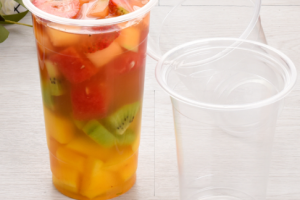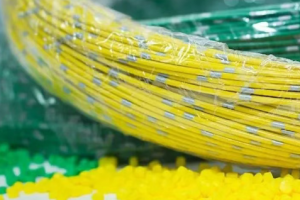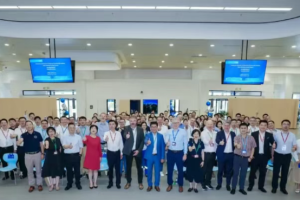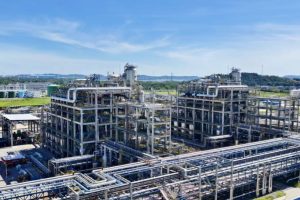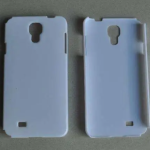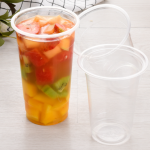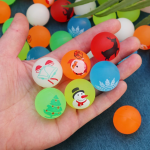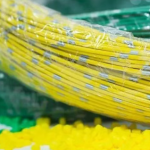July 17, 2025 –
The toy manufacturing sector is undergoing a transformative phase as safety and sustainability concerns reshape material preferences. Industry analysts at AsiaMB report a notable shift toward thermoplastic elastomers (TPEs) in premium toy production, driven by increasingly stringent global regulations and consumer awareness.
Medical-grade TPEs, particularly those based on SEBS compounds, are gaining prominence in children’s products due to their non-toxic composition. These advanced materials meet rigorous international certifications including FDA and LFGB standards, offering superior temperature resistance (-60°C to 135°C) and long-term durability. Their absence of phthalates, bisphenol A, and other hazardous substances makes them particularly suitable for infant care items and educational toys.

While thermoplastic rubbers (TPRs) remain prevalent in the market, recent quality control issues have raised concerns. AsiaMB’s market investigations reveal troubling findings: approximately 18% of budget TPR toys tested showed excessive plasticizer migration, with some samples exceeding safe toluene emission limits by up to 300%. These violations primarily stem from substandard recycled materials and inadequate surface treatment processes.
The regulatory landscape continues to evolve, with China’s updated GB6675-2023 standard introducing 12 new specialized tests for toy safety. International certifications like ROHS and EN71-3 now represent baseline requirements rather than comprehensive guarantees. Safety experts emphasize the importance of verifying multiple certifications, particularly for products intended for children under three years old.
“Material innovation is redefining industry benchmarks,” notes Dr. Elena Wong, a polymer scientist consulting for AsiaMB. “While properly formulated TPRs still have applications, the market clearly favors TPEs for high-end products. The next challenge lies in making advanced materials more cost-effective without compromising safety.”
Industry projections suggest TPE adoption in premium toys will grow at 12-15% annually through 2028, with particular strength in developmental toys and teething products. This transition reflects broader trends in sustainable manufacturing, pushing the entire supply chain toward greater transparency and quality control.




